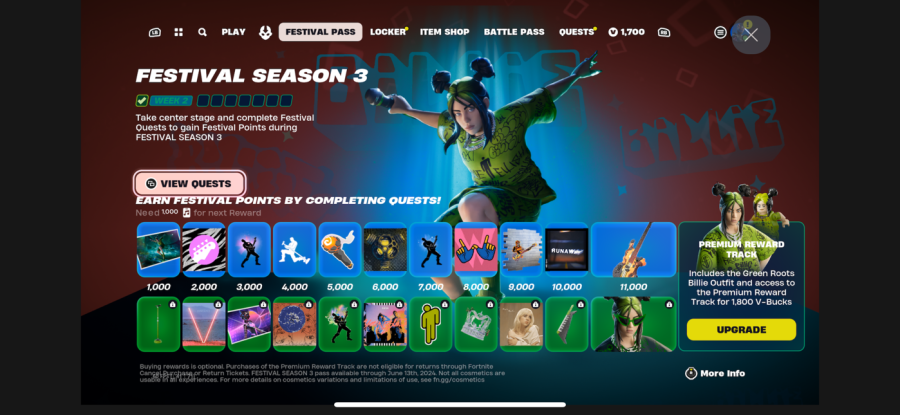This post is a short extract from the book Mobile Web 2.0, by Ajit Jaokar and Tony
Fish.
This week we’re focusing in on Mobile 2.0, which is basically the Mobile Web circa
2006. I’m much less familiar with the mobile world than the PC Web one, so I thought it’d
be a good idea to tap the mind of an expert in this space – fellow Web 2.0 Workgroup member Ajit Jaokar. Ajit and his colleague
Tony Fish published a book this year called Mobile Web 2.0, which I received a free
copy of and have been flicking through in recent weeks. The following is a short extract
from that book (adapted for this blog), which I hope explains a little about the
context of mobile content – and how it is becoming more and more important on the
Web. This particular extract is also very in tune with the read/write, two-way Web
philosophy (which is why I chose it). Take it away Ajit and Tony…
The six screens of life and the existing flow of content
For the most part, we are consumers of content. In our daily lives, we consume
professionally created, produced and edited content from traditional and new media
providers on our “six screens of life”. These “six screens of
life” are divided into two broad categories, big screens and small screens, each
with three sub groups.
The ‘BIG’ screens of life
- Cinema (shared with other members of the public):
- TV (shared privately within our homes)
- PC (personal or shared use)
The ‘small’ screens of life
- Fixed/Portable Players (fixed devices in things that move such as cars, planes,
etc) - Information screens e.g. iPod, radio.
- Mobile-communicator, an individual and personalised handheld device
Both for Big and Small screens, the user has traditionally been a passive receiver of
content (i.e. content has been broadcast to the user) OR the user has been seen as a
member of a carefully controlled and managed audience (for example voting) – but
not as a primary creator of content.
For instance:
- The TV needs users to consume (view)
- A website needs users to consume/interact in most cases
- Cinema needs users to consume
Reflecting the above trend, most of the content on the Mobile device to date, has also
been the ‘re-presentation’ and ‘re-production’ of existing
material delivered to the mobile screen. However the mobile device is changing from being
a primary consumer to a major creator of content. The six screens of life and the
creative/consumption balance can be seen below.
(click for larger image)

The above figure is divided into five broad areas. The three main areas are: Supply,
Demand and Consumption. These are supplemented by the Platform and the Channel.
The supply side
The supply side of the diagram details content production. Some content is created by
professional media companies (for example: movies, music), and other content by the
individual (for example: blogs, wikis). Eventually, the content is consumed in a private
or a shared fashion.
The platform
Content created from the supply sources is passed through a platform. The platform has
two components of service: – the physical components and the enabling components.
Examples of the physical components are:
- The transport network: which provides a means to carry the data from production to
the point of access. - The access layer: that allows the user to connect and receive the content.
- Storage: the component that holds the content until it can be consumed.
- The database: that makes content available for searching.
Examples of the enablers are:
- Search – the engine that drives the ability to search
- Identity – who people are
- Sync – synchronisation to ensure quality of service
- Navigation – enabling ease of use
- Payment services – to ensure that the economics work
- Directory – ability to find
- Rating – what is good and what is not good
- Location – A mapping of location and content
- AdSense – ability to serve ads within content
- Security –
protection
The platform is built by companies who want to take content and deliver it to
customers. Each company will offer different physical and enabling components depending
on their business models.
Demand
Demand is classified into a number of services, each broken into shared and personal
modes of consumption. These services include:
- Communication: Shared services such as video and pictures and personal such as IM,
SMS and email. - Information services: Information is a matrix of immediate or historic delivered in
either a rich or a plain format. Examples of information services could include
information delivered on the TV in a rich media format and the same information would be
delivered on the mobile browser in a text format. - Video, Image and Music: Like information, this group is a matrix, depending on sit
forward or sit back, and adjustments for the quality of the service needed. Examples
would be CD quality vs. MPEG3; depends on listening in the living room with $4,000 HiFi
vs. an iPod on the train. - Games: Games and gaming is a complex area and is partly driven by the platforms but
also by titles. However, like other demand services, it splits into personal and shared
for playing.
Channels
The channels of delivery are broadly broadcast, session IP and narrowcast. Broadcast
represents TV and other broadcast channels. Session/ IP represents the Internet and
narrowcast represents the mobile device. Unlike Broadcast, narrowcast has fundamental
limitations due to the physics of the device itself, battery life and radio propagation.
The model (supply – platform – demand – channel and consumption) ends
with the content created being consumed on a variety of screens on a shared or a personal
basis.
Consumption
Consumption is based on the six screens of life. To recap, these are:
The ‘Big’ screens of life
- Cinema (shared with other members of the public):
- TV (shared privately within our homes)
- PC (personal or shared use)
The ‘small’ screens of life
- Fixed/Portable Players (fixed devices in things that move cars, planes, etc)
- Information screens e.g. iPod, radio.
- Mobile-communicator, an individual and personalised handheld device
These screens could be classified into: Fixed, Carried and Carry screens.
Fixed: Fixed screens are physically confined to a space for example the TV,
PC.
Carried: A carried device is a device which could be on the move BUT is not
personal. In flight entertainment is an example of a carried device.
Carry devices: Carry devices are portable, lightweight and free of wires, the
prime example being a mobile phone
Further, the devices could be classified into:
a) Shared : where more than one person could view the screen and
b) Personal : where one screen corresponds to one viewer
Consumption patterns
We make two observations with respect to consumption patterns:
1. Consumption is becoming increasingly personal especially with mobile
(carried) devices; and
2. Private consumption needs an understanding of the context and the content.
Merely transforming content from the shared, bigger screens to private, smaller screens
is not enough. Specifically, in relation to mobile services, we note that existing mobile
services are relatively simple and don’t take into account the content or the
context. Like the Internet, mobility is all about communications. The end user is the
‘killer application’ providing both the content and the context to services
such as voice, email, txt and IM. When we initiate a conversation (contact) we take into
account the context of the message – for example, who we are communicating with
(Partner, Work Colleague, Friend, Financial Advisor, Utility Service Provider, Customer,
etc). This context also drives the content of the message (what we are actually saying).
We also take into consideration other parameters, such as the time of day, time we have,
the level of urgency, emotional state, location, the bill payer, etc.
So far, the network operators, fixed and mobile, have been successful in provisioning
these en-mass communications services. These services lend themselves to provisioning on
a large scale and require broad based (untargeted) marketing to their customer base. They
are not complex and inherently price driven. As communications markets mature (both in
penetration and in reach), new value will be derived from applications which lower costs
for the end user, leverage the contextual and situational aspects and/or exploit
disruptive technologies.









